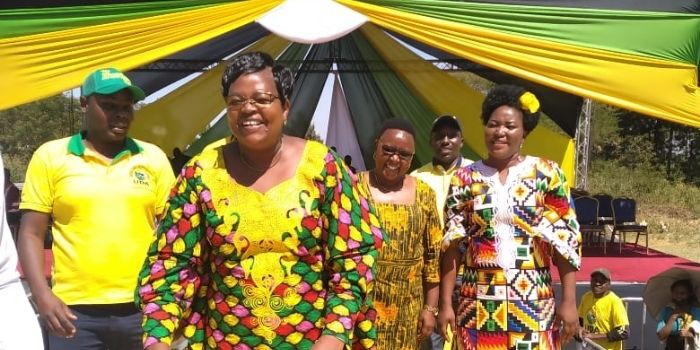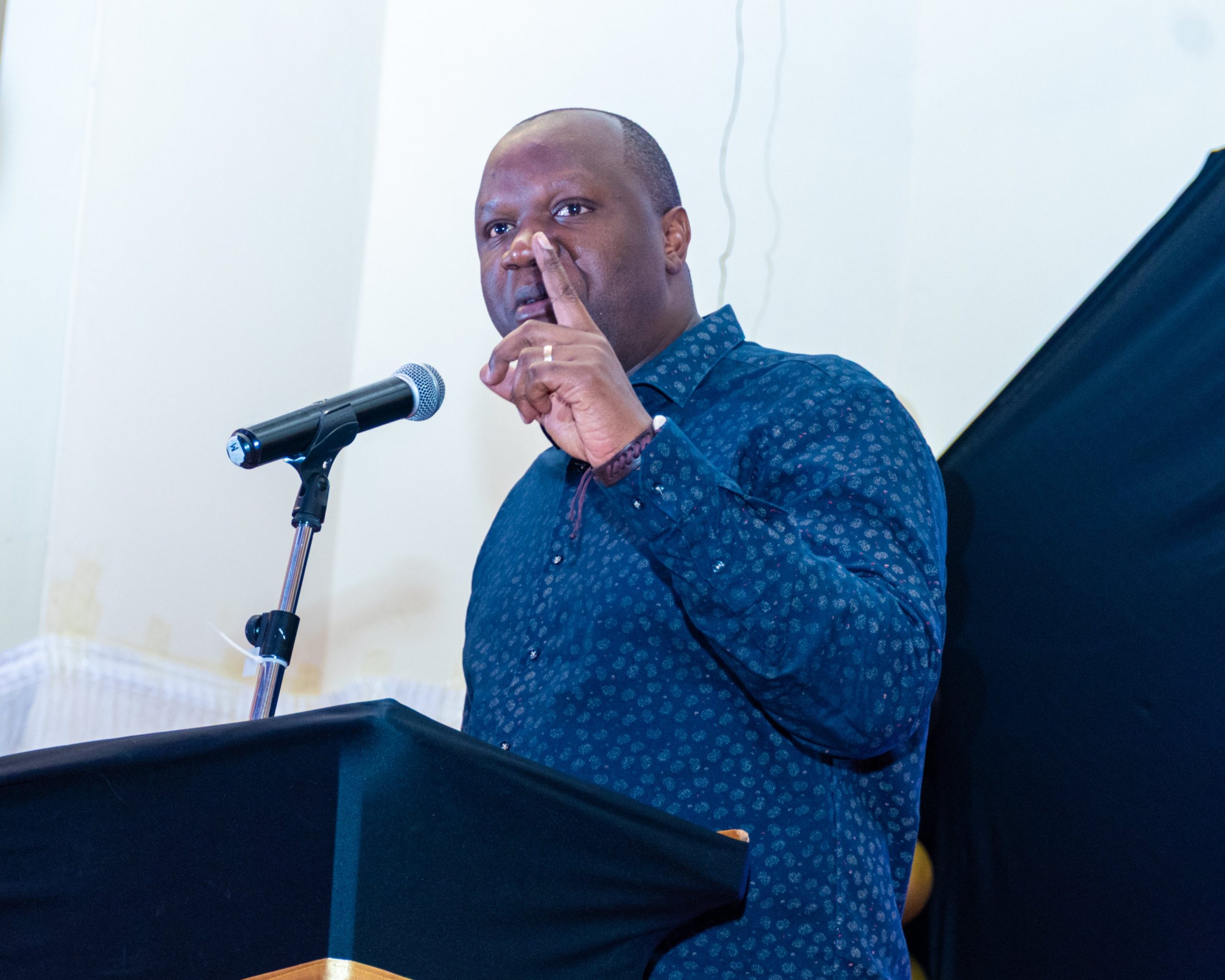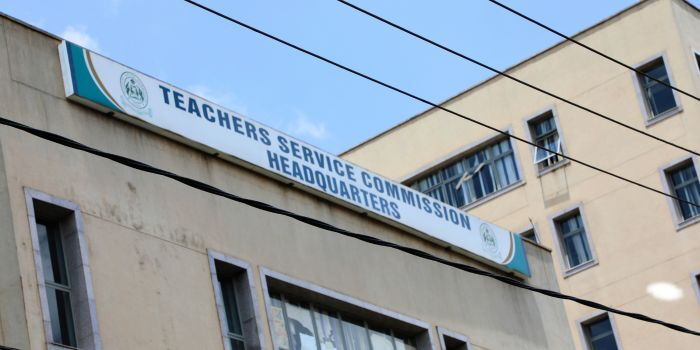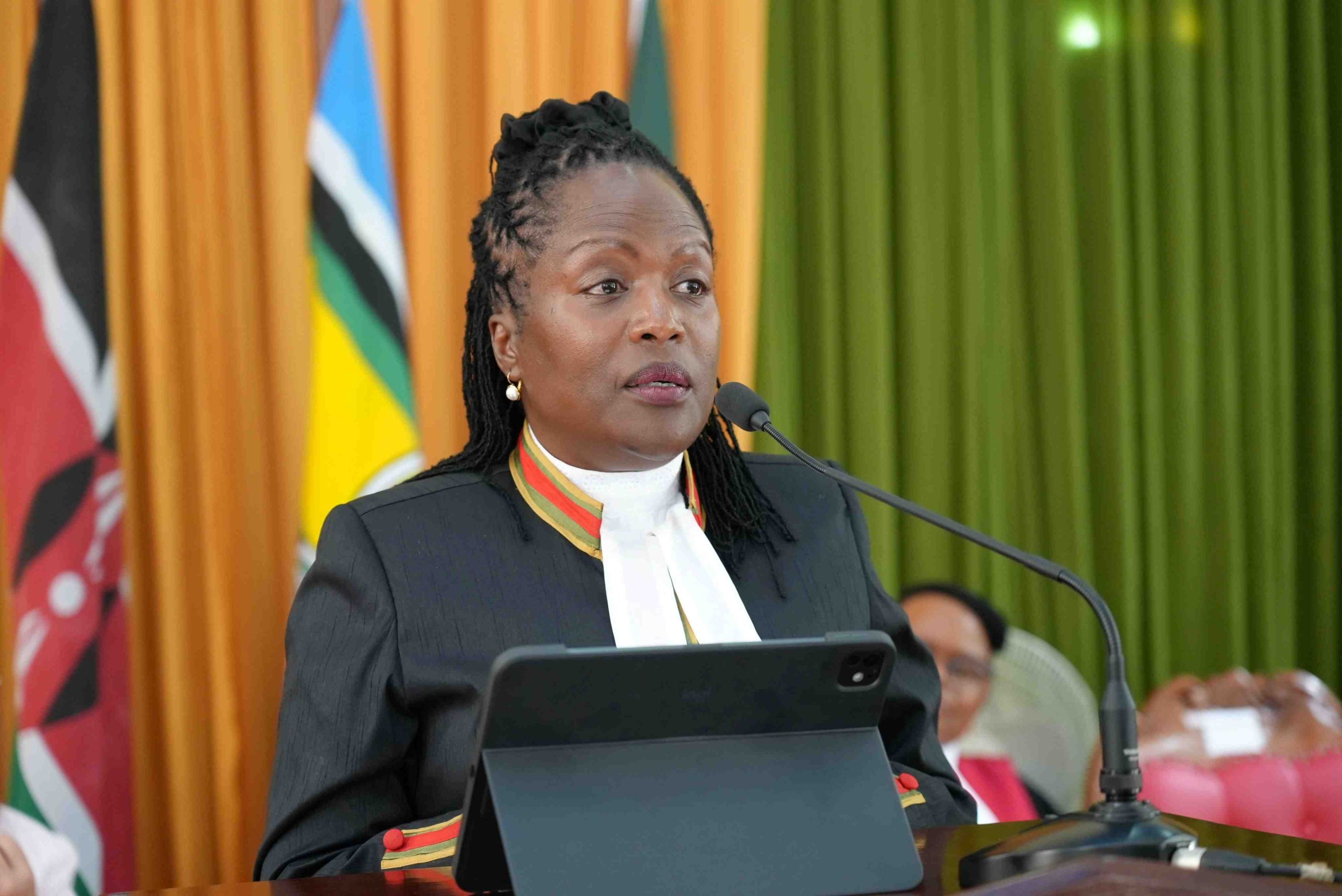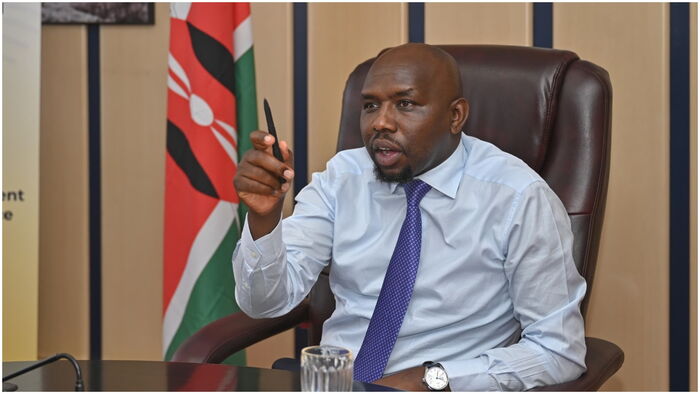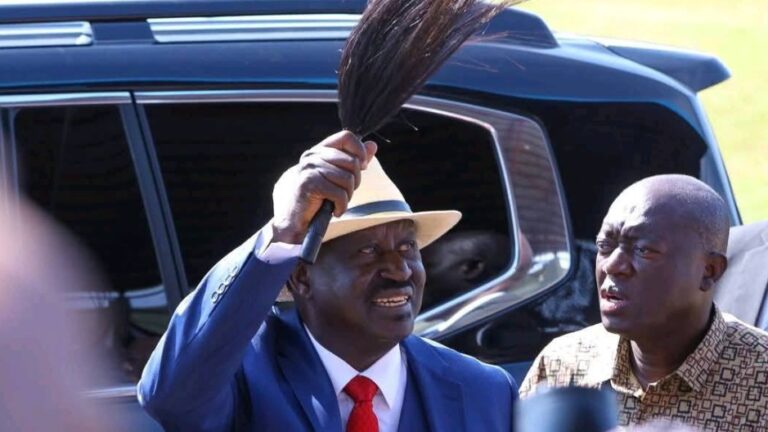
In a dramatic strategic pivot, Raila Odinga is rolling out an aggressive plan to transform the Orange Democratic Movement (ODM) into a leaner, more disciplined force ahead of the 2027 general elections. The overhaul is set to reshape party structures, expand regional influence, and tighten loyalty frameworks—with Raila staking everything on execution.
Party Reinvention on a Massive Scale
Between October 10-12, ODM will host a high-profile jamboree spread across Mombasa and Kilifi, designed as a show of strength and unity. The event aims to:
- Reaffirm ODM’s presence in Coast counties where opposition inroads and regionalism threaten its dominance.
- Rejuvenate grassroots chapters with fresh leadership, especially in counties where ODM has underperformed.
- Mobilize young members and integrate emerging leaders under ODM’s central organizational framework.
This jamboree is not merely celebratory—it is tactical. It doubles as a recruitment drive and test of party machinery.
Rebooting Leadership, Loyalty, and Messaging
Raila’s plan is not just about large events. It involves rewiring how ODM operates:
- Key party organs will undergo restructuring. Officials deemed inactive or weak in loyalty will be replaced.
- Messaging discipline will be enforced: ODM’s communication will emphasize party coherence over individual expression. All public lines must align with ODM’s central strategy.
- Resource allocation from national to county level will be rebalanced—counties delivering in turnout and loyalty will gain priority in party support and funding.
Threats That ODM Seeks to Counter
Several forces threaten to sap ODM’s strength if unchecked:
- The rise of regional political formations and virally fueled local influencers who draw youth attention away from established parties.
- Weak performance in recent elections in certain strongholds where ODM’s base feels neglected.
- Internal drift and ambiguity in alliances, especially with regard to opposition-government partnerships and whether ODM can maintain brand clarity.
Raila believes that only a tightly managed, ideologically aligned ODM can counter these threats.
What’s at Stake
This plan is high risk, high reward.
- If implemented well, it could revitalize ODM’s brand, recapture voter confidence, and consolidate Raila’s claims to leadership ahead of 2027.
- Failure could deepen existing fractures—internal dissent, defections, and loss of relevance may follow.
- The stakes also extend to Kenya’s broader political field: how ODM moves may provoke counter-strategies from competitors, and how voters respond to this renewal or uniformity will matter.
What to Watch Closely
- Who gets demoted or promoted in the ODM restructuring—will it be merit, loyalty, or regional politics?
- How the leadership handles dissent, especially from county leaders used to autonomy.
- The tone and content of messaging around national issues: will ODM return to moral/ideological offerings or double down on infrastructure and service delivery?
- Voter engagement in Coast counties during the jamboree—turnout and enthusiasm will measure whether the rebranding is real.
- How rival parties and coalitions respond—whether with counter-mobilization or courting ODM defectors.


